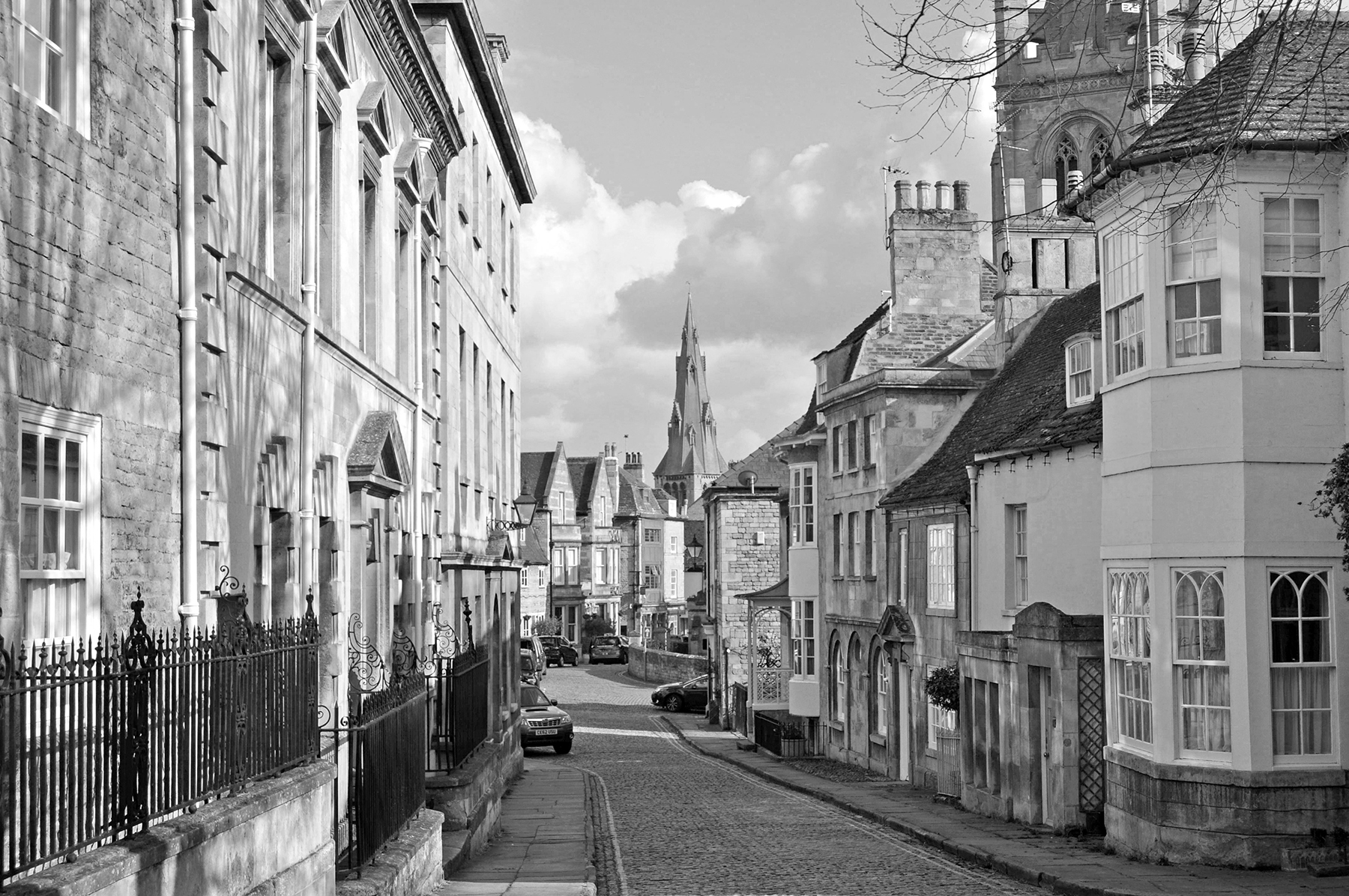
 Book Now
Book Now



If you’d like to stay local, take the opportunity to explore historic Stamford, a beautiful market town in the heart of Lincolnshire and home to all three KNEAD venues. Stamford has a unique blend of history, niche shopping and stunning Georgian architecture with a thriving high street, quaint passageways and tranquil river walks. Image Credit: hue - brand design digital

Stamford has a unique blend of history, niche shopping and stunning Georgian architecture – and won the supreme compliment from the Sunday Times newspaper as ‘Britain’s top place to live’ in 2013. Proclaimed by Sir Walter Scott as “the finest stone town in England”, it was declared a conservation area in 1967 and has over 600 listed buildings of mellow limestone including five medieval churches.
All KNEAD venues are within the heart of Stamford, a historic town built on money from the wool trade and heavily influenced by William Cecil, who was the most powerful non-royal in England in the sixteenth century and chief advisor to Queen Elizabeth I for most of her reign.
Stamford is a town and civil parish in the South Kesteven district of Lincolnshire, on the River Welland, just 92 miles north of London on the A1. The town has an array of 17th and 18th-century stone buildings, older timber-framed buildings and medieval parish churches.
Rated ‘the best place to live’ in a survey by The Sunday Times in 2013, the area is packed with history and culture, with the town centre being home to many independents and drawing people from a wide area for the pleasure of shopping, often in traffic-free streets.
Stamford first came to prominence in the 9th and 10th centuries as one of the 5 controlling boroughs of Danelaw. It was one of the first towns to produce glazed wheel-thrown pottery after the departure of the Romans.
Stamford prospered under the Normans with an economy based mainly on wool; it was particularly famous for its woven cloth called haberget. The town’s excellent communication routes via the Great North Road and the River Welland to the North Sea ensured the success of its trade.
By the 13th century, Stamford was one of the 10 largest towns in England. It had a castle, 14 churches, 2 monastic institutions, and 4 friaries. Many buildings survive from this period.
The removal of the main wool trade to East Anglia in the 15th century forced the town into decline, and the trade that remained was concentrated in the hands of rich merchants like the Browne family. These merchants helped rebuild many of the churches in the mid-late 15th century. William Browne also founded an almshouse which remains one of the best surviving medieval almshouses in England, complete with exemplary stained glass.
While the overall decline continued into the 16th century, Stamford was linked to national affairs by local man William Cecil, who became secretary of state to Queen Elizabeth I. Burghley House, the palatial mansion he built for his mother, survives as one of the crowning glories of the Tudor age.
After the Restoration of 1660, the town recovered as improvements to the Great North Road encouraged road trade and the river was made navigable again by a canal. However, the arrival of the railway in the 1830s signalled a death blow to the coaching trade and so to Stamford’s fortunes.
The main line to the north bypassed the town and stunted industrial development. The lack of industrialisation together with the traditional, almost feudal, relationship between town and house (the Cecil’s of Burghley were Stamford’s landlords) preserved and pickled the town so that today the historic urban fabric survives almost unscathed.
Stamford is a unique treasure trove of English architecture built in the finest stone that this country has to offer.
In 1993, BBC television used Stamford as the setting for George Eliot’s Middlemarch drama. The producer, Louis Marks, said: “When we were planning the programme we presumed we would have to film all over the country – a street here, a square there, a house somewhere else. But then our researchers came back and told us they had found this marvellous town that had everything. So I went up to Lincolnshire, took one look and I knew they were right. Stamford is beautiful, extraordinary; it is absolutely stunning.”
The Di Vinci Code was also filmed in and around Stamford, taking advantage of the town’s 600-plus listed buildings and Red Lion Square in Stamford was given global recognition when it appeared as the backdrop to the 2005 film adaptation of Jane Austen’s Pride and Prejudice – the cobbled square doubled as Meryton.
Historical novelist, Sir Walter Scott, described Stamford as “the finest stone town in England” and W. G. Hoskins, the famous 1950s historian, said: “If there is a more beautiful town in the whole of England I have yet to see it.”
KNEAD are proud to support and be a part of Shop Stamford.
Shop Stamford creates awareness of and promotes Stamford’s independent businesses – retailers, coffee shops, pubs, restaurants and hotels – encouraging residents and visitors to #ShopLocal.
There is a thriving high street with coffee shops, restaurants and a vast range of retailers to tempt you. The main street market is on a Friday with a smaller Saturday market and once a fortnight there is a Farmers’ Market.
The popular Town Trail takes you through Stamford exploring quaint passageways, main thoroughfares and market squares. Guided walks are also available with official guides. So whether the tranquil river walks, fine Georgian buildings or the more modern attractions captivate you, Stamford has something to charm everyone, with some fantastic independent businesses to browse on your way.
Did you know…..?
The Crown Hotel, when fully booked, serves 80 breakfasts in the mornings, using local produce where possible and encouraging 80 people to use visit other local businesses and shops.